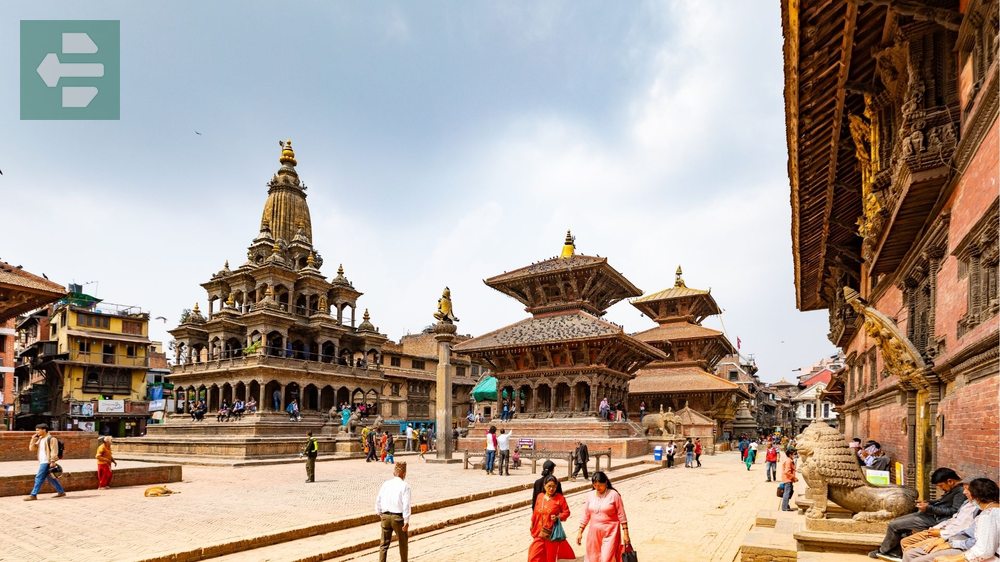March offers perfect weather across Asia and North Africa, making it ideal for exploring ancient cities and desert landscapes. Best places to travel March include Japan's cherry blossom season in Kyoto, Morocco's comfortable temperatures in Fez, and Egypt's mild climate in Cairo.
Keep reading as we uncover the top destinations where March weather creates unforgettable travel experiences across three continents.
List of Contents
- 1. Kyoto, Japan: Cherry Blossom Perfection
- 2. Fez, Morocco: Ancient Medina at Its Best
- 3. Cairo, Egypt: Monuments Without the Heat
- 4. Rajasthan, India: Desert Cities in Bloom
- 5. Kathmandu, Nepal: Clear Mountain Views
- 6. Wadi Rum, Jordan: Desert Silence
- 7. Cappadocia, Turkey: Fairy Chimneys Awakening
- 8. Isfahan, Iran: Half the World
- 9. Yogyakarta, Indonesia: Cultural Heart
- 10. Hanoi, Vietnam: Spring Awakening
- 11. Chiang Mai, Thailand: Mountain Culture
- 12. Beijing, China: Imperial Grandeur
- 13. Seoul, South Korea: Cherry Blossoms and Tradition
- 14. Samarkand, Uzbekistan: Silk Road Jewel
- 15. Bishkek, Kyrgyzstan: Mountain Gateway
- Your March Adventure Awaits
1. Kyoto, Japan: Cherry Blossom Perfection
March marks the beginning of sakura season in Kyoto. The ancient temples frame delicate pink petals while tourists crowd the famous spots, but early mornings at lesser-known shrines offer solitude.
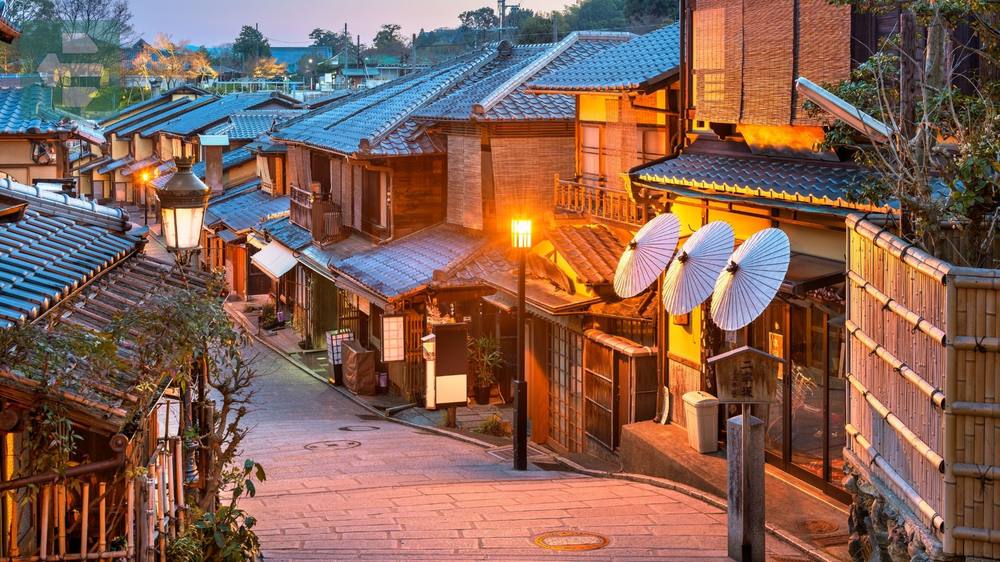
I discovered this during my first March visit—arriving at Daigo-ji Temple at dawn revealed thousands of cherry trees in bloom without the crowds. The morning mist made the entire scene feel like a living painting.
Local tip: Follow the locals to Maruyama Park after 6 PM when office workers gather for hanami parties under illuminated trees.
Quick Facts:
- Peak Season: March-May
- How to Get There: Fly to Kansai Airport, take train to Kyoto Station
- Entrance Fees: From ¥300 for temples
- Suggested Stay: 4-5 days
- Must-Visit Spots: Kiyomizu-dera, Arashiyama Bamboo Grove, Gion District
2. Fez, Morocco: Ancient Medina at Its Best
March brings perfect temperatures to Fez's medieval medina—warm days and cool nights without summer's crushing heat. The city's thousand-year-old streets wind past craftsmen who work as their ancestors did centuries ago.
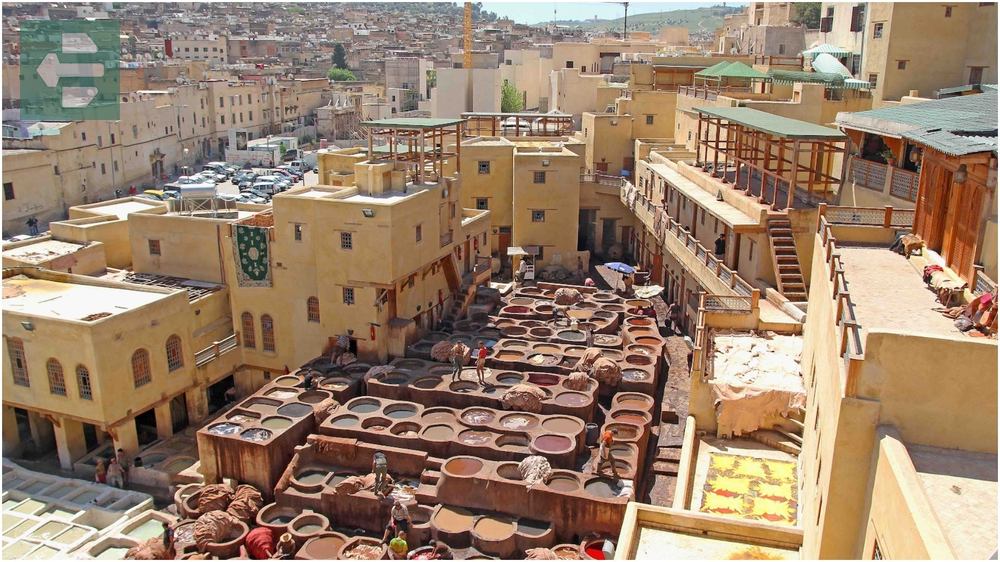
Getting lost is part of the experience here. The medina contains over 9,000 narrow alleys, and even GPS fails among the high walls and covered passages.
Trust the sounds to guide you—leather workshops smell strong but produce the world's finest goods, while the rhythmic hammering leads to metalworkers creating intricate designs.
Quick Facts:
- Peak Season: March-May, October-November
- How to Get There: Fly to Fez Airport or train from Casablanca
- Entrance Fees: Free to explore medina
- Suggested Stay: 3-4 days
- Must-Visit Spots: Bou Inania Madrasa, Chouara Tannery, Al-Attarine Madrasa
3. Cairo, Egypt: Monuments Without the Heat
March offers Cairo's ancient monuments under comfortable skies. The pyramids of Giza stand as they have for 4,500 years, while the Egyptian Museum houses treasures that survived millennia.
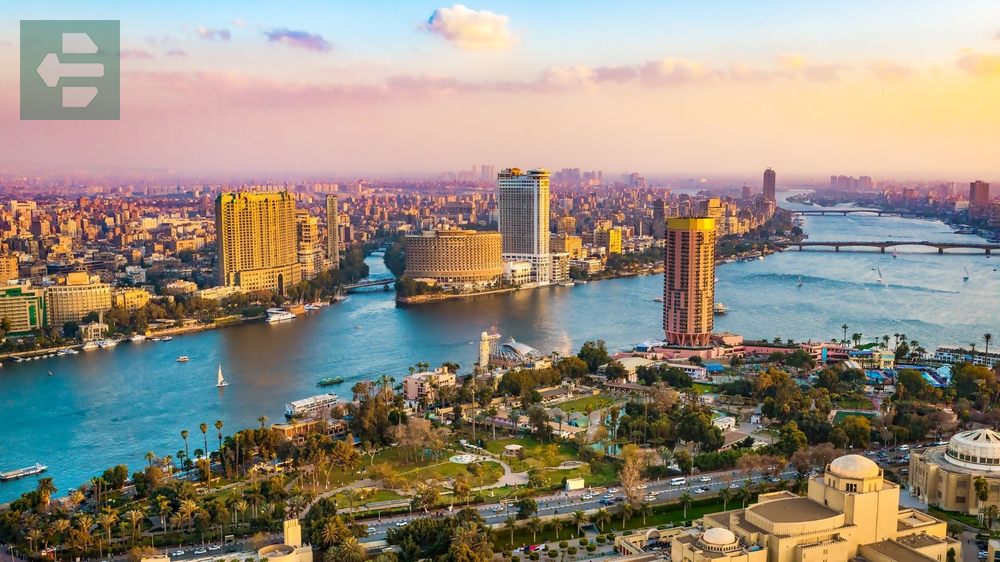
Early morning visits to the pyramids reveal details lost in harsh summer light. The limestone blocks show tool marks from workers who built these wonders when Britain was still covered in forests.
Skip the tourist restaurants near the pyramids—walk to nearby Nazlet El-Samman village where locals eat the same ful medames their families have prepared for generations.
Quick Facts:
- Peak Season: December-March
- How to Get There: Fly to Cairo International Airport
- Entrance Fees: From $10 for pyramid complex
- Suggested Stay: 4-5 days
- Must-Visit Spots: Giza Pyramids, Egyptian Museum, Khan el-Khalili Bazaar, Islamic Cairo
4. Rajasthan, India: Desert Cities in Bloom
March transforms Rajasthan's desert landscape. The harsh summer heat hasn't arrived yet, making palace visits and desert excursions comfortable. Jaipur's pink sandstone glows in the gentle light while Udaipur's lake palaces reflect perfectly in still water.
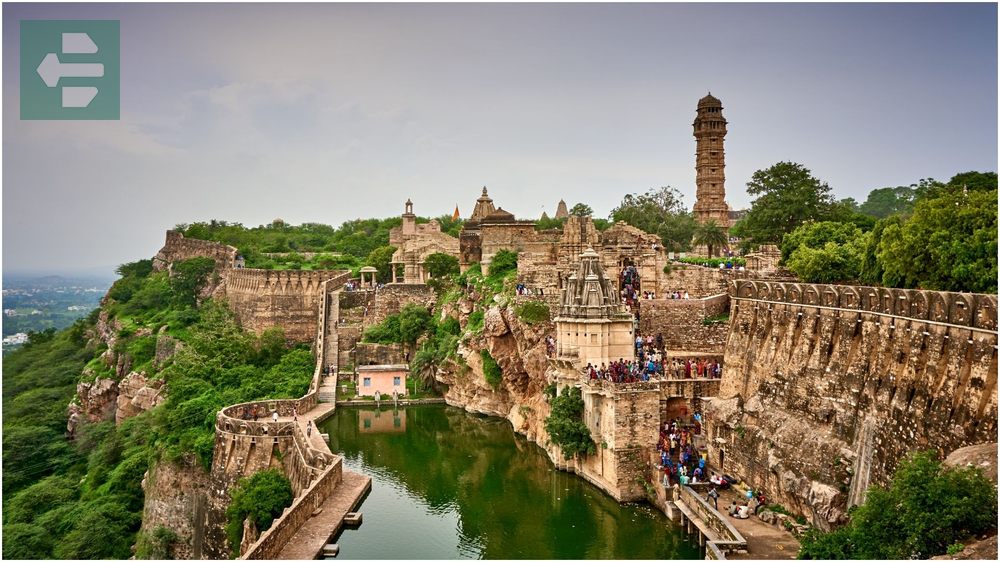
In Jodhpur, I learned why they call it the Blue City—not just from painted houses, but because the indigo dye repels insects during monsoon season. Practical beauty that's lasted centuries.
Local families in rural areas still practice ancient hospitality. Accept their chai invitations—the conversations reveal India's heart beyond the tourist circuits.
Quick Facts:
- Peak Season: October-March
- How to Get There: Fly to Jaipur, Delhi, or Udaipur airports
- Entrance Fees: From ₹50 for palaces
- Suggested Stay: 7-10 days
- Must-Visit Spots: Jaipur, Udaipur, Jodhpur, Jaisalmer, Pushkar
5. Kathmandu, Nepal: Clear Mountain Views
March offers Kathmandu's clearest skies before monsoon clouds arrive. The Himalayas appear impossibly close from Nagarkot viewpoint, while ancient temples in Durbar Square show intricate woodcarvings undamaged by summer rains.
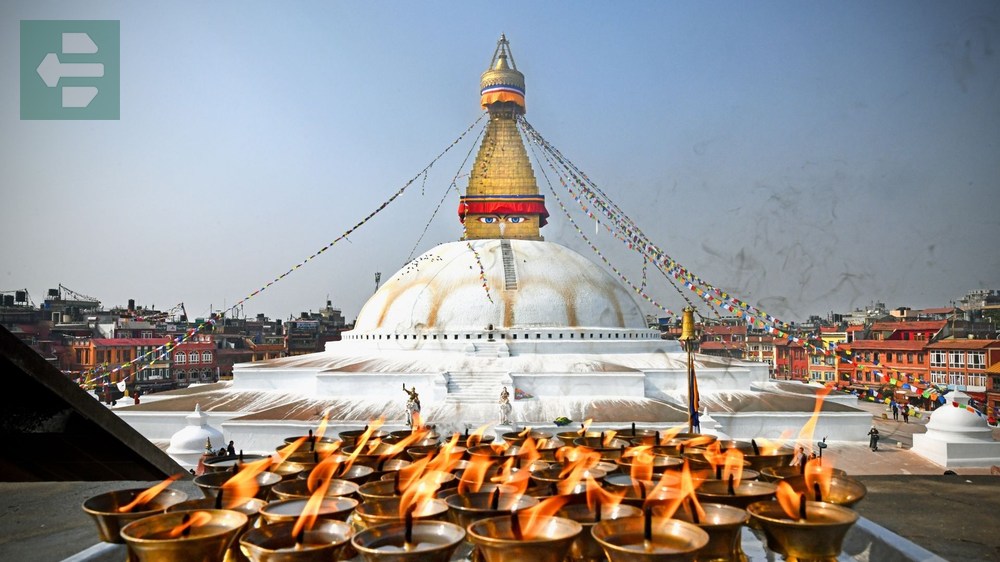
The earthquake damage from 2015 tells stories of resilience. Locals rebuilt their temples using traditional methods, joining new stones to ancient foundations with skills passed down through generations.
Try dal bhat at local restaurants where families eat—simple food prepared with care that fuels mountain climbers and office workers alike.
Quick Facts:
- Peak Season: October-December, March-May
- How to Get There: Fly to Tribhuvan International Airport
- Entrance Fees: From $15 for heritage sites
- Suggested Stay: 4-6 days
- Must-Visit Spots: Durbar Square, Swayambhunath, Boudhanath, Nagarkot, Bhaktapur
6. Wadi Rum, Jordan: Desert Silence
Wadi Rum's red sand stretches beyond sight under March's perfect blue skies. Lawrence of Arabia described this landscape as “vast, echoing, and God-like”—words that still capture its essence a century later.

Sleeping under stars here reveals why ancient peoples built their calendars around constellations. With no light pollution for hundreds of miles, the Milky Way appears as a river of light overhead.
Bedouin guides share desert survival knowledge their families perfected over millennia. Their tea ceremonies at sunset turn simple moments into profound experiences.
Quick Facts:
- Peak Season: March-May, September-November
- How to Get There: Drive from Amman (4 hours) or fly to Aqaba
- Entrance Fees: From $7 for park entry
- Suggested Stay: 2-3 days
- Must-Visit Spots: Seven Pillars of Wisdom, Khazali Canyon, Red Sand Dunes, Natural Bridge
7. Cappadocia, Turkey: Fairy Chimneys Awakening
March brings mild weather to Cappadocia's otherworldly landscape. Hot air balloons float over fairy chimneys while underground cities carved from volcanic rock offer cool refuge from midday sun.
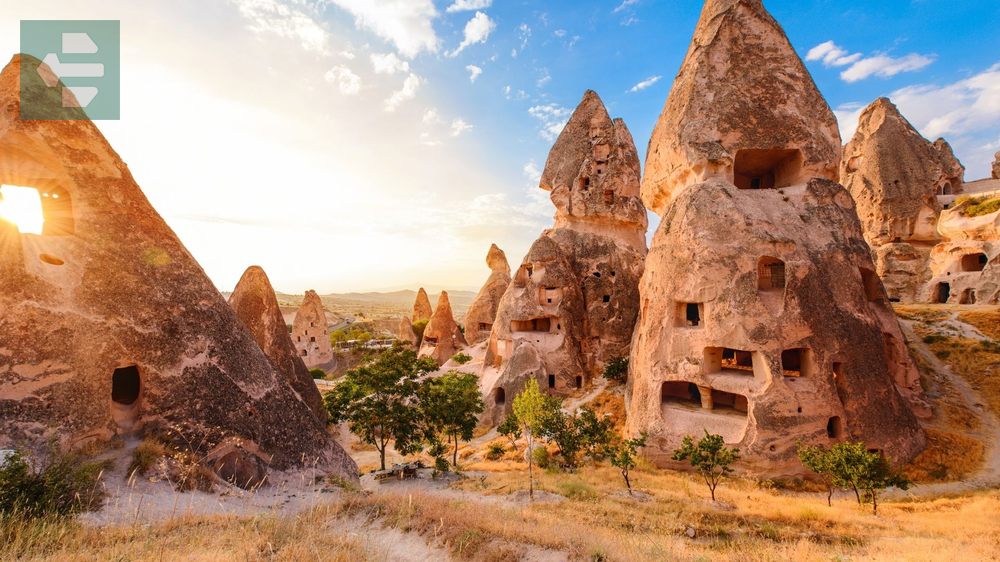
The region's history spans millennia—early Christians hid in cave churches decorated with Byzantine frescoes while Ottoman merchants traveled the Silk Road through these valleys.
Wake before dawn for balloon flights. The silence at 1,000 feet above this landscape, broken only by occasional burner flames, creates moments that cameras cannot capture.
Quick Facts:
- Peak Season: April-June, September-October
- How to Get There: Fly to Kayseri or Nevşehir airports
- Entrance Fees: From $15 for underground cities
- Suggested Stay: 3-4 days
- Must-Visit Spots: Göreme Open Air Museum, Derinkuyu Underground City, Uchisar Castle, Love Valley
8. Isfahan, Iran: Half the World
Iranians call Isfahan “half the world,” and March weather makes it easy to understand why. The city's turquoise domes and intricate tilework showcase Persian artistry at its peak while tree-lined avenues offer shade between monuments.

Shah Abbas built this capital 400 years ago to impress foreign ambassadors. The plan worked—European visitors still write home about the beauty they discover in every courtyard and archway.
Join locals for evening walks along Zayandeh River. Families gather on the historic bridges, sharing stories and snacks as they have for centuries.
Quick Facts:
- Peak Season: March-May, September-November
- How to Get There: Fly to Isfahan Airport or drive from Tehran
- Entrance Fees: From $5 for major sites
- Suggested Stay: 3-4 days
- Must-Visit Spots: Imam Square, Shah Mosque, Si-o-se Pol Bridge, Chehel Sotoun Palace
9. Yogyakarta, Indonesia: Cultural Heart
March marks Yogyakarta's dry season beginning, perfect for exploring temple complexes and traditional arts districts. This cultural capital preserves Javanese traditions while adapting to modern life—batik artists work beside coffee shops, and gamelan music drifts from palace courtyards.
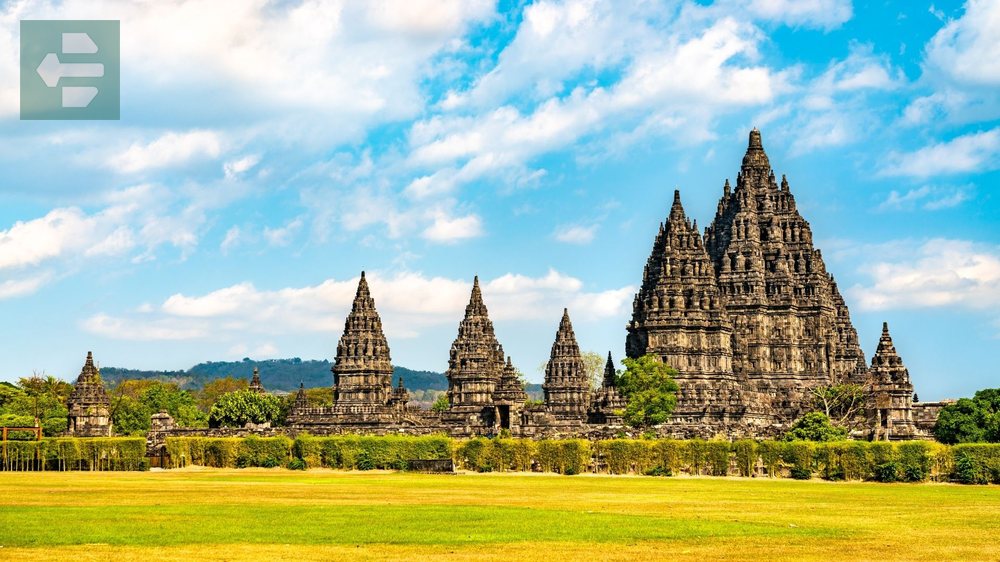
Sultan Hamengkubuwono X still rules from Kraton palace, maintaining traditions his ancestors established 250 years ago. The daily ceremonies continue unchanged, connecting present to past in living culture.
Street food here tells Indonesia's story—Chinese noodles, Arab spices, and Dutch influences create flavors found nowhere else on earth.
Quick Facts:
- Peak Season: May-September
- How to Get There: Fly to Yogyakarta Airport or train from Jakarta
- Entrance Fees: From $15 for Borobudur
- Suggested Stay: 4-5 days
- Must-Visit Spots: Borobudur, Prambanan, Kraton Palace, Malioboro Street, Taman Sari
10. Hanoi, Vietnam: Spring Awakening
March brings spring to Hanoi's tree-lined streets. The oppressive summer humidity hasn't arrived yet, making long walks through the Old Quarter comfortable. Lake Hoan Kiem reflects ancient pagodas while motorbikes weave through streets unchanged since French colonial days.
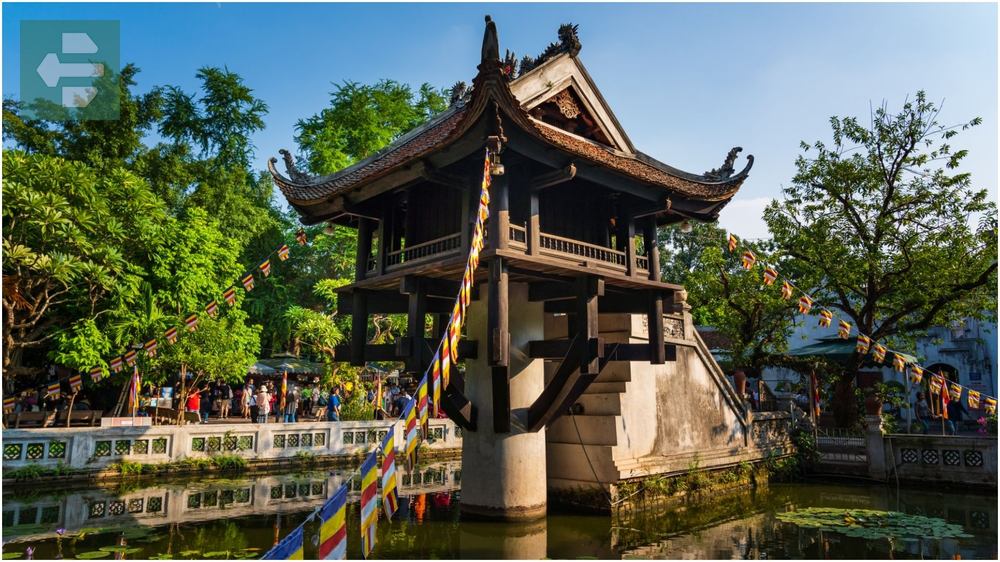
The city survived a thousand years of foreign invasions while keeping its essential character. Every narrow alley tells stories of resilience, adaptation, and the stubborn persistence of daily life.
Follow your nose to street food stalls where grandmothers prepare pho recipes perfected over decades. The best bowls come from cooks who learned by watching, not reading.
Quick Facts:
- Peak Season: March-April, October-November
- How to Get There: Fly to Noi Bai International Airport
- Entrance Fees: Most temples free, museums from $2
- Suggested Stay: 4-5 days
- Must-Visit Spots: Old Quarter, Hoan Kiem Lake, Temple of Literature, Ho Chi Minh Mausoleum
11. Chiang Mai, Thailand: Mountain Culture
March offers Chiang Mai's last cool days before hot season arrives. Ancient temples dot the old city while night markets overflow with northern Thai specialties found nowhere else in the country.
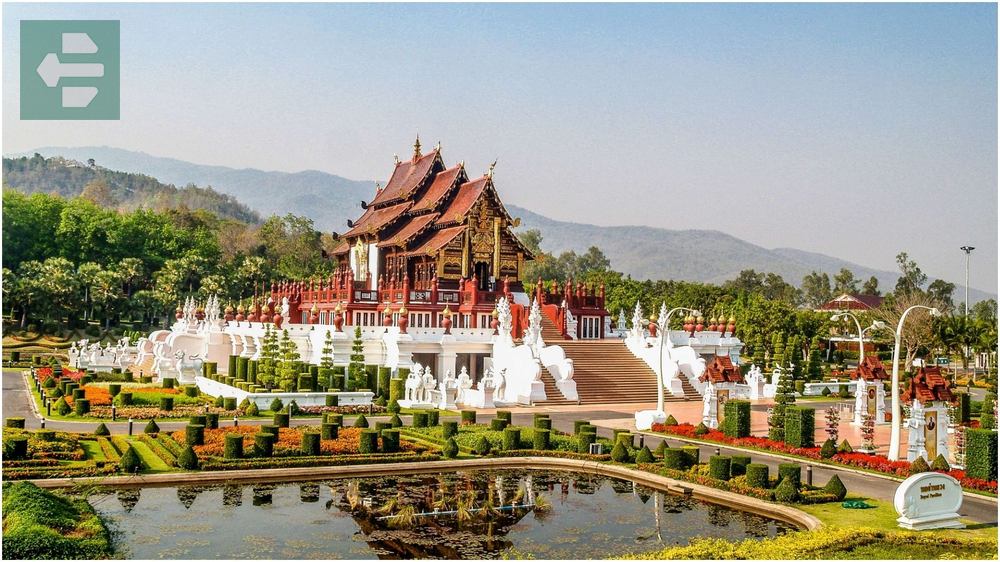
The city's relaxed pace contrasts sharply with Bangkok's chaos. Here, Buddhist monks still walk morning alms routes through neighborhoods where families have lived for generations.
Take cooking classes with local families rather than tourist operations. Learning to balance sweet, sour, salty, and spicy in home kitchens reveals Thailand's culinary soul.
Quick Facts:
- Peak Season: November-February
- How to Get There: Fly to Chiang Mai Airport
- Entrance Fees: Most temples free, national parks from $10
- Suggested Stay: 4-6 days
- Must-Visit Spots: Wat Phra That Doi Suthep, Old City temples, Night Bazaar, Doi Inthanon National Park
12. Beijing, China: Imperial Grandeur
March brings mild weather to Beijing's imperial sites. The Forbidden City reveals room after room of Ming and Qing dynasty treasures while the Great Wall stretches across mountains awakening from winter dormancy.
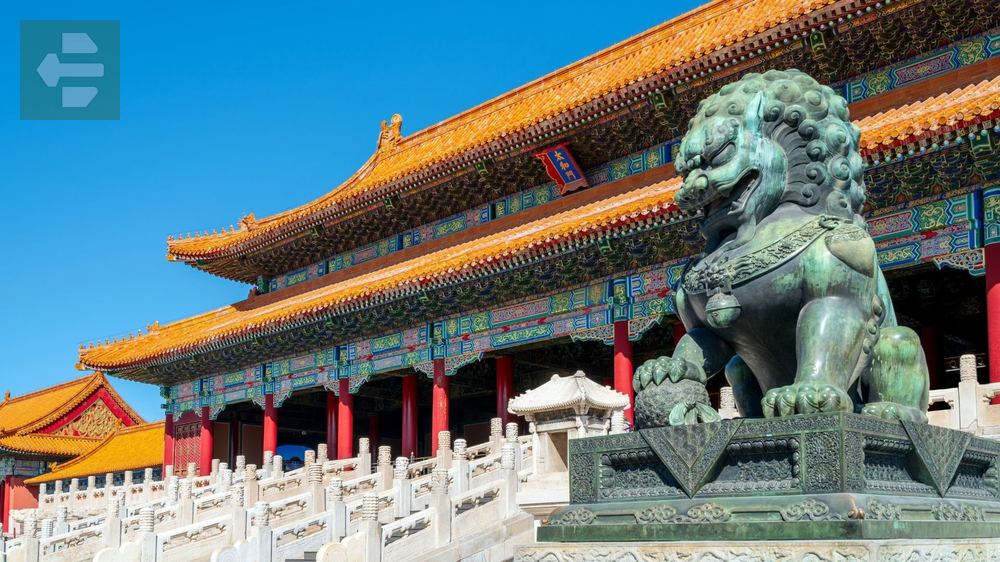
Walking through Tiananmen Square puts human scale against monumental architecture. The emperors designed these spaces to overwhelm visitors—an effect that persists 600 years later.
Explore hutong neighborhoods by bicycle to see Beijing beyond the monuments. These narrow alleys preserve community life that has adapted to every dynasty change.
Quick Facts:
- Peak Season: April-May, September-October
- How to Get There: Fly to Beijing Capital International Airport
- Entrance Fees: From $10 for major sites
- Suggested Stay: 5-6 days
- Must-Visit Spots: Forbidden City, Great Wall, Temple of Heaven, Summer Palace, Hutongs
13. Seoul, South Korea: Cherry Blossoms and Tradition
March marks cherry blossom season's beginning in Seoul. Ancient palaces contrast with gleaming skyscrapers while traditional markets sell ingredients for both royal recipes and modern Korean fusion.
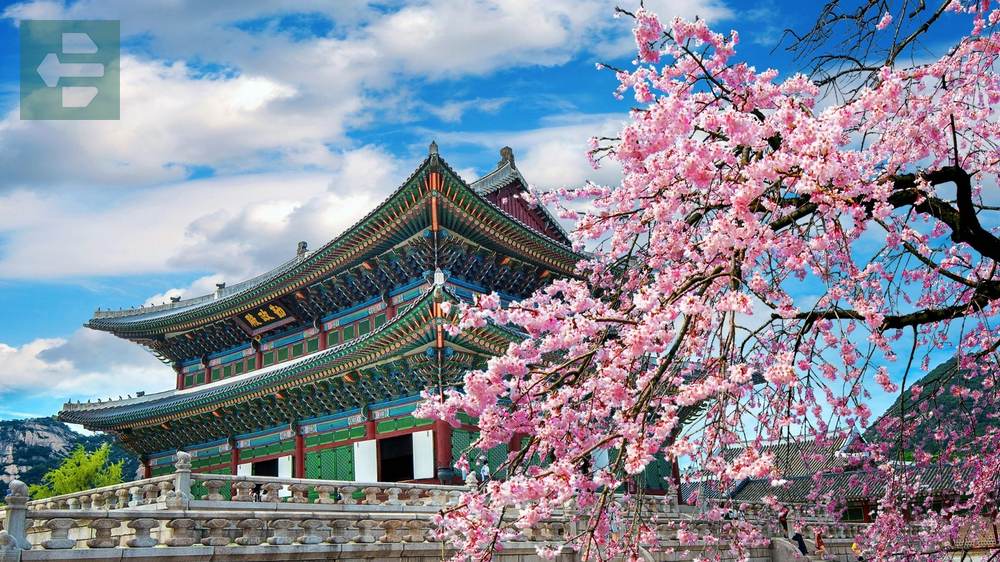
The city rebuilt itself completely after 1953, but preserved essential cultural elements. Five grand palaces maintain Joseon dynasty ceremonies while neighborhoods like Bukchon preserve traditional architecture.
Experience Korean hospitality in local bathhouses—jjimjilbangs offer relaxation and cultural insight that five-star hotels cannot match.
Quick Facts:
- Peak Season: March-May, September-November
- How to Get There: Fly to Incheon International Airport
- Entrance Fees: From $5 for palaces
- Suggested Stay: 4-5 days
- Must-Visit Spots: Gyeongbokgung Palace, Bukchon Hanok Village, Myeongdong, Namsan Tower, Dongdaemun
14. Samarkand, Uzbekistan: Silk Road Jewel
March brings perfect weather to Samarkand's turquoise domes and golden minarets. This Silk Road capital showcases Islamic architecture at its most refined while maintaining traditions Timur established 600 years ago.

Registan Square demonstrates how power, beauty, and faith can create harmony in stone and tile. Three madrasas frame a space that has hosted everything from royal proclamations to merchant negotiations.
Join locals for tea in traditional chaikhanas where conversations flow in multiple languages—a reminder of Samarkand's role as Central Asia's crossroads.
Quick Facts:
- Peak Season: April-June, September-October
- How to Get There: Fly to Samarkand Airport or train from Tashkent
- Entrance Fees: From $8 for major sites
- Suggested Stay: 2-3 days
- Must-Visit Spots: Registan Square, Shah-i-Zinda, Gur-e-Amir Mausoleum, Bibi-Khanym Mosque
15. Bishkek, Kyrgyzstan: Mountain Gateway
March offers Bishkek's clearest mountain views before summer haze arrives. The Tian Shan peaks frame this Soviet-planned city while traditional crafts markets preserve nomadic culture alongside modern Central Asian life.

The city serves as base for mountain adventures, but rewards urban exploration too. Wide boulevards designed for parades now host farmers markets where families sell produce from high-altitude gardens.
Try beshbarmak with local families—this traditional dish of meat and noodles represents hospitality customs that sustained nomads across harsh steppes for millennia.
Quick Facts:
- Peak Season: May-September
- How to Get There: Fly to Manas International Airport
- Entrance Fees: Most attractions free or under $5
- Suggested Stay: 2-3 days
- Must-Visit Spots: Ala-Too Square, Osh Bazaar, State History Museum, Ala-Archa National Park
Your March Adventure Awaits
March opens doors across three continents where spring weather creates perfect travel conditions. From Japan's first cherry blossoms to Morocco's comfortable medina temperatures, these destinations offer experiences that summer heat or winter cold would diminish.
The best places to travel March combine ideal weather with cultural authenticity—moments when places reveal their true character without seasonal extremes. Cherry blossoms frame ancient temples, desert nights stay cool enough for stargazing, and mountain views stretch clear to distant horizons.
Pack light layers and comfortable shoes. Your March journey across these ancient lands and vibrant cities promises memories that will last long after the season changes.
